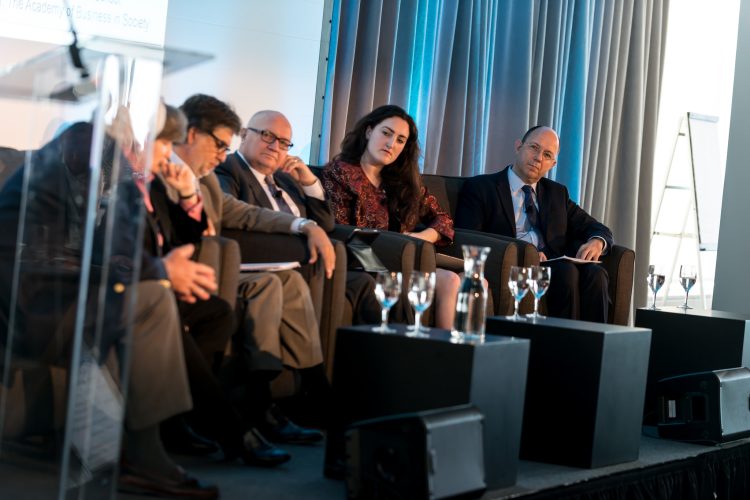Abstract This case looks at some key challenges before Jeremy Schwartz (Schwartz), CEO of The Body Shop International Plc. (Body Shop), and its International Director of Corporate Responsibility and...
Abstract Bridge International Academy (Bridge), the world’s largest and fastest growing private school chain, is known for its radically innovative “Academy-in-a-Box” model, which is a scalable and easily replicable...
Abstract Shortly after the Fukushima meltdown of 2011, the Swiss government developed an Energy Strategy 2050, aimed to build up renewable energy capacity, improve energy efficiency and phase out...
Capitalist society faces one of its greatest challenges in the beginning of the millennium: How can sustainable social, economic and environmental development be reconciled with capitalist drivers of efficiency...
Abstract As a leader in sustainable finance in India, Yes Bank reached the milestone of mainstreaming sustainability within its core business principles with a vision of evolving as...
Abstract Founded in 1940, the Rockefeller Brothers Fund (RBF) is a private charitable foundation endowed with John D. Rockefeller’s heritage made in the fossil fuel sector from so...
Abstract Kenya Tea Development Agency Limited (KTDAL) follows a unique model under which small tea farmers are shareholders. By the end of 2013, it had around 560,000 such...
In order to achieve a sustainable growth and to respond to social pressures, firms develop their Corporate Social Responsibility (CSR) policy. Corporate Governance, especially the board of directors, plays...
On June 21st, 2015, three oikos members traveled to New York City with a bag full of aspirations and enthousiasm. Anita Negri, Julia Weber (oikos Vienna, COMMIT Manager) and...
Abstract Walmart the largest company in the world by revenues as of 2014, operated on the philosophy of providing its consumers products at the lowest possible price. To...
- 1
- 2


